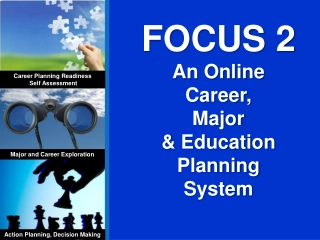Mathematics College and Career Readiness Standards Overview
Explore key components of the College and Career Readiness Standards for Mathematical Content Critical Areas, including district-wide math goals, session outcomes, practice standards, and critical areas focus. Gain insights into geometry, fractions, and progression standards across different grade levels. Understand the importance of collaborative planning, differentiation, and integrating technology in math instruction to support student learning.
Download Presentation

Please find below an Image/Link to download the presentation.
The content on the website is provided AS IS for your information and personal use only. It may not be sold, licensed, or shared on other websites without obtaining consent from the author.If you encounter any issues during the download, it is possible that the publisher has removed the file from their server.
You are allowed to download the files provided on this website for personal or commercial use, subject to the condition that they are used lawfully. All files are the property of their respective owners.
The content on the website is provided AS IS for your information and personal use only. It may not be sold, licensed, or shared on other websites without obtaining consent from the author.
E N D
Presentation Transcript
College and Career Readiness Standards for Mathematical Content Critical Areas
District-Wide 2013-14 Math Goals Collaboratively plan, deliver, reflect upon, and revise instruction that differentiates for all learners and includes the Standards for Mathematical Practice: MP1 - Make sense of problems and persevere in solving them MP3 - Construct viable arguments and critique the reasoning of others MP4 - Model with mathematics Build understanding of the Common Core instructional shifts focus, coherence, and rigor Integrate technology in support of teaching and learning
Session Outcome Begin to collaboratively unpack a Common Core critical area
College and Career Readiness Practice Standards Common Core Mathematics Standards Content Standards
Critical Areas Focus the content standards at each grade Describe big ideas to build curriculum and guide instruction
Common Core Geometry Fractions Foundation Grade 1 Grade 2 Partition shapes Partition shapes
Common Core Fractions Progression Grade 3 Grade 4 Grade 5 The meaning of fractions The number line Equivalent fractions Equivalent fractions Adding and subtracting fractions Adding and subtracting fractions Comparing fractions Comparing fractions Mult. of a fraction by a whole # Multiplying and dividing fractions Multiplication as scaling Decimals
Critical Area Read and Connect Grade 2: Form groups of three and letter off A-C Grade 3: Form groups of three and letter off A-C Grade 4: Form groups of four and letter off A-D Grade 5:Form groups of four and letter off A-D
Critical Area Read and Connect Everyone reads individually to first stopping point A s summarize Group generates connections and applications and records Repeat the pattern with B, C and D summarizing for the remaining sections
Critical Area Read and Connect Grade 2 Stopping Points A. Line 612 B. Line 622 C. Line 643 Grade 4 Stopping Points A. Line 379 B. Line 428 C. Line 447 D. Line 478 Grade 3 Stopping Points A. Line 304 B. Line 328 C. Line 366 Grade 5 Stopping Points A. Line 353 B. Line 389 C. Line 404 D. Line 413
Read and Connect Exercise Debrief 1. What themes emerged? 2. How might this exercise contribute to group development? 3. When considering classroom application of this exercise, what might you add to meet the needs of our diverse learners (EL, SEL, SWD, At-Risk, GATE)?
ccss.lausd.net Facilitated Professional Development
smarterbalanced.org Pilot Tests, Sample Items & More
ime.math.arizona.edu/progressions Common Core Fraction Progressions & More
illustrativemathematics.org Fraction Videos, Explanations, Tasks, & More
CCSSM Instructional Shifts Focus: Instruction is focused on grade level standards. Critical areas help us strategically focus our instruction.
CCSSM Instructional Shifts Coherence: Instruction should be attentive to learning across grades and linking major topics within grades. Collaboratively analyzing critical areas equips us to make connections between grade level concepts.
CCSSM Instructional Shifts Rigor:Instruction should develop conceptual understanding, procedural skill and fluency, and application. Skills without conceptual understanding are meaningless. Conceptual understanding without skills is inefficient. Without problem solving, skills and conceptual understanding have no utility. - NCTM
Session Outcome Begin to collaboratively unpack a Common Core critical area
College and Career Readiness Thank You























